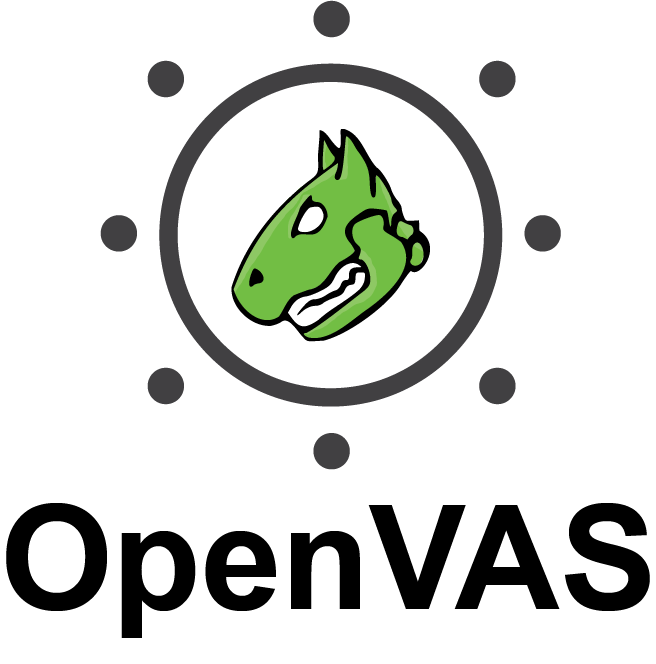CyberArk VM
CyberArk VM
Updated December 18, 2025
Updated December 18, 2025
CyberArk VM automates the identification and prioritization of security risks across privileged accounts. It integrates with existing security tools to streamline remediation workflows and support compliance requirements.
CyberArk VM automates the identification and prioritization of security risks across privileged accounts. It integrates with existing security tools to streamline remediation workflows and support compliance requirements.
Asset Management
Attack Surface Management
Continuous Threat and Exposure Management
Compare products
Cost considerations
Cost considerations
Functionality
Functionality
Compatibility
Compatibility
User experience
User experience
Customer support
Customer support
Why these ratings?
Cyberse perspective
Cyberse perspective
Solution details
Target industry
Technology
Manufacturing
Services support
In-house services
Third party integrators
Scanning coverage
Host scanning
Product features
Risk scoring
IT Service Management (ITSM) integration
Automated remediation
Pricing
Free trial available
Market segment
Enterprise
Key features
API access
Platform solution
Point solution
Integrations
Security automation
Governance Risk and Compliance
Network security
Deployment
On-premises
Cloud-native
Cloud-hosted
Cloud ecosystem partners
Amazon Web Services
Ratings
Cost considerations
CyberArk Vulnerability Management often requires a premium license plus professional-services hours for setup and upgrades, pushing spend well above asset-based peers. Reviewers cite costs around $200–$300 per user yearly—higher than Tenable or Rapid7—and note extra fees for modules and support plans. The combination of steep licensing and add-on expenses leaves overall value questionable compared with average-priced vulnerability tools.
Cost considerations
CyberArk Vulnerability Management often requires a premium license plus professional-services hours for setup and upgrades, pushing spend well above asset-based peers. Reviewers cite costs around $200–$300 per user yearly—higher than Tenable or Rapid7—and note extra fees for modules and support plans. The combination of steep licensing and add-on expenses leaves overall value questionable compared with average-priced vulnerability tools.
User count
Functionality
CyberArk DNA offers one-off network discovery of privileged accounts rather than continuous, full vulnerability scanning. CyberArk’s output is mainly raw findings without risk scoring, cloud or container coverage, or automated ticketing. These gaps leave the product trailing competitors that provide frequent authenticated scans, prioritization, and remediation validation.
Functionality
CyberArk DNA offers one-off network discovery of privileged accounts rather than continuous, full vulnerability scanning. CyberArk’s output is mainly raw findings without risk scoring, cloud or container coverage, or automated ticketing. These gaps leave the product trailing competitors that provide frequent authenticated scans, prioritization, and remediation validation.
Compatibility
CyberArk works across Windows, Linux and macOS and links directly to AWS, Azure and GCP using the Connect Cloud Environments feature. ServiceNow plugins synchronize assets while syslog integration streams logs to enterprise SIEMs. Some endpoints still need scripted setup, so compatibility is strong but not universal.
Compatibility
CyberArk works across Windows, Linux and macOS and links directly to AWS, Azure and GCP using the Connect Cloud Environments feature. ServiceNow plugins synchronize assets while syslog integration streams logs to enterprise SIEMs. Some endpoints still need scripted setup, so compatibility is strong but not universal.
User experience
CyberArk shows a modern dashboard-based UI, introduced in version 10, that gives a clear overview of assets and risks. However, peer reviews note that navigation feels complex compared with newer competitors and report creation often needs extra effort, so teams still face a moderate learning curve
User experience
CyberArk shows a modern dashboard-based UI, introduced in version 10, that gives a clear overview of assets and risks. However, peer reviews note that navigation feels complex compared with newer competitors and report creation often needs extra effort, so teams still face a moderate learning curve
Customer support
CyberArk provides 24-hour phone and portal assistance for serious tickets, giving customers reliable access to technicians. However, release notes and community guidance show new agents or updates roll out monthly to bi-monthly rather than every week, so coverage for fresh CVEs is slower than top-tier peers. Helpful documentation and an active community improve usability, but the slower plugin cadence keeps customer support effectiveness in the mid-range.
Customer support
CyberArk provides 24-hour phone and portal assistance for serious tickets, giving customers reliable access to technicians. However, release notes and community guidance show new agents or updates roll out monthly to bi-monthly rather than every week, so coverage for fresh CVEs is slower than top-tier peers. Helpful documentation and an active community improve usability, but the slower plugin cadence keeps customer support effectiveness in the mid-range.
Explore similar solutions
Explore similar solutions
Explore other categories
Explore other categories
Cyberse provides free tools for cybersecurity buyers to assess needs, research solutions, and compare products.
Cyberse provides free tools for cybersecurity buyers to assess needs, research solutions, and compare products.
Subscribe



